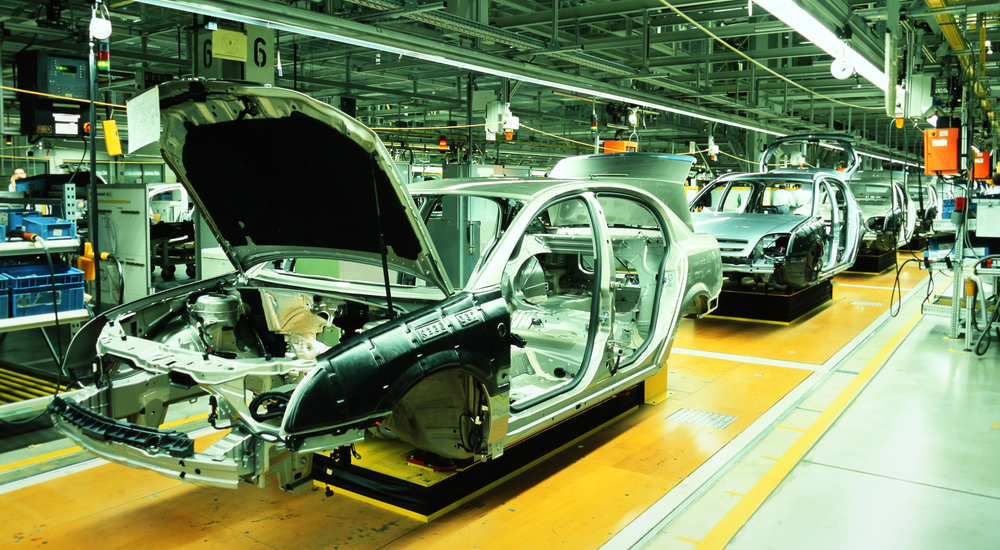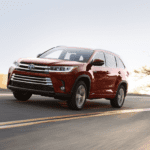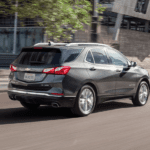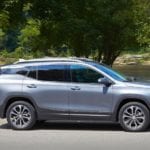Around here, we spend a lot of time reporting on current auto news headlines. But would we really be making a divisive statement if we came out and called out 2019 for what it is? And by that we mean that 2019, in terms of the automotive industry, has been a bit of a shit-show.
That’s right, a shit-show.
Now – to be clear – we’re not maligning the industry as a whole, in fact there’s been a lot of good things to come out of the year-to-date. And we’re also not picking solely on 2019, since we’re barely two months in and, let’s be honest, most of the year’s developments thus far are carry-overs from 2018.
So what are we saying?
First, let’s not get ahead of ourselves. The fact is, automakers are developing new products with laser precision, focused on our global need for more sustainable energy sources all while furthering the autonomous self-driving technologies expected from the union of automakers and tech giants. And yet, it’s hard not to feel like (i) consumers are being left out in the cold, and (ii) the progression from the goals of yesterday’s industry to the goals of tomorrow have created a divide in the industry’s internal dynamic.
Consider for a moment the unsustainable nature of the status quo that had prevailed in 2018. A surplus of factories which were producing, or had already produced, a surplus of vehicles that no-one was buying, or even wanted. Production had surpassed demand, mostly because the domestic leaders had long-since turned a deaf ear to what was being communicated with buying dollars. It’s why leaders like Ford and GM found themselves scrapping major components of their lineups, closing or repurposing facilities, with the capacity to produce up to 3 million more cars, trucks and SUVs than they could actually sell.
But the challenge faced by domestic automakers is furthered by expansion plans of foreign competitors who aim to minimize shipping costs by producing in the US. Approaching a top-heavy point of two dozen facilities from coast and coast, brands like Volvo, Toyota, Mazda and BMW are the latest to build, expand or repurpose their stateside manufacturing footprint. Putting the long-term effects into perspective consider the fact that Toyota opened its first US plant in 1988, at a point when the ‘Detroit 3’ had control of three-quarters of the US market. Now, Ford, GM and FCA only account for about 45%. Plants are at a break-even point (in terms of profitability) and the rules of the game have all but changed.
And automakers who were once considered upstarts, have now matured fueled by the success they’ve enjoyed as a result of their attentiveness and purpose. Toyota, Honda, Mazda and Nissan are all examples of brands who continue to grow more relevant, domestically and globally. Now the leaders in crossover offerings, those companies have catered more to evolving consumer sensibilities than some of our domestic mainstays.
Now – you have the added influence of the new tech-centric automakers like Tesla. Focused on development of both sustainable and autonomous advances, they’ve inspired countless automakers to partner with tech companies. And with competition coming in from more directions than ever before, automakers are making it clear that they’re engaged in a race, albeit one with an ill-defined finish line.
So where does that leave the consumer?
Speaking subjectively, it’s hard not to think that we’re stuck in a bit of holding pattern. Sure, automakers continue to deliver worthwhile offerings, but worthwhile by which standards? Those of the last decade? Despite facelifts, advances in infotainment technology, and the increased popularity of EV/hybrid offerings, today’s vehicles are largely indistinguishable from those of ten years ago. However, it feels like the vehicles of ten years in the future will be an entirely different beast altogether, and they’ll start to make their debut in the very immediate future.
If the average life of vehicle ownership is 7 years, and fully autonomous vehicles are expected to be available by 2025, today’s offerings represent a plateaued lull intended to hold us over. Even worse, it’s not even a well-executed lull, with automakers promising a bright future while showing an inability to manage their businesses in the now.
At the risk of sounding overly critical, we’re seeing advances in driver assistive technologies, while weathering global recalls in airbags. The rigidity of environmental legislation is prompting the falsification of emissions standards (almost as if automakers would rather beg for forgiveness than ask for permission). Then, poor planning has fueled countless plant closings and layoffs, from Jaguar Land Rover to GM. And, speaking of GM, how impactful is their recent decision to grant a temporary reprieve to some of their almost-banished offerings like the Impala? Ultimately, it’s loss prevention, aimed to make less-desirable offerings more palatable for force-feeding with the hopes of generating revenue rather than simply writing off a loss. All of these things reek of stagnancy, as if automakers are getting ahead of themselves, failing to build the bridge necessary to get us all over to their grand vision.
But we’re here to praise the automotive landscape, not bury it, right? Well ‘praise’ might be a slight oversell, but AutoInfluence is here to talk about exciting advances, offerings and reveals. Why, because we love it.That said, it would be a lot easier for the non-enthusiast consumer base to get on board, if the industry stopped feeling like such a shit-show.





